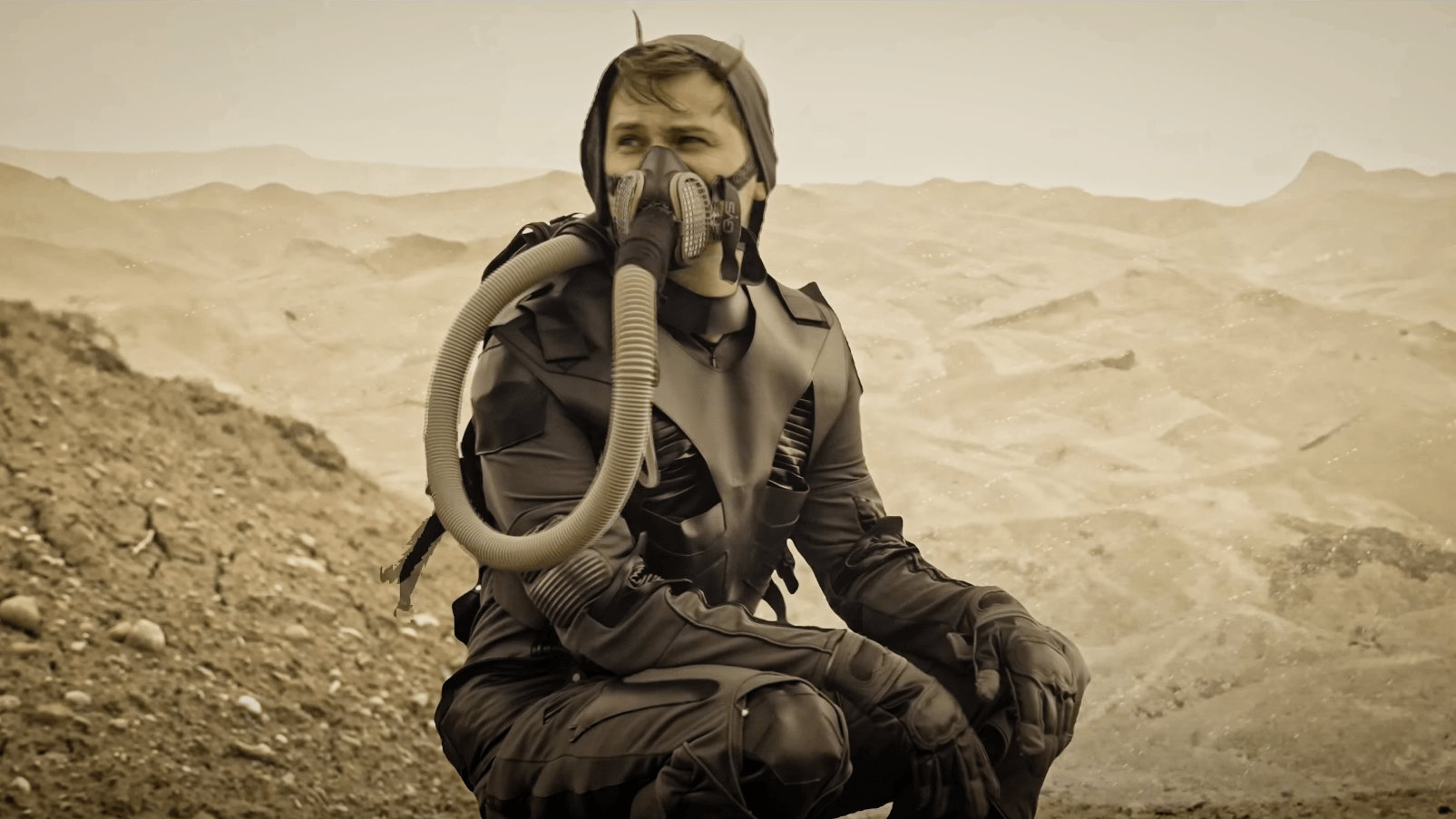Water is the most precious resource in the arid desert world of Arrakis, which is the setting for Frank Herbert’s Dune novels. With the help of their recognizable stillsuits, which collect and reuse almost all of their physiological fluids, the Fremen, the people who live in Arrakis, have adapted to this climate. The YouTube channel Hacksmith Industries set out on an ambitious project to build a real stillsuit in a single day, drawing inspiration from this science fiction technology.
Hacksmith Industries is no stranger to crafting movie-inspired builds. Their channel boasts creations like Thor’s Stormbreaker Axe, Captain America’s shield, and a scorching hot lightsaber. They’ve even tackled a colossal “MegaHex” Spider Mech in one of their videos. The stillsuit project, however, was a slightly more humble undertaking, but no less fascinating. After all, the question remained: could human body fluids really be captured, filtered, and recycled into drinkable water in a practical way?
Well, for starters, the team decided to leave the urine and feces recycling to the fictional Fremen. Their suit focused on two key fluids: sweat and breath moisture. While this might leave some Dune purists disappointed, it’s a concession to the realities of real-world engineering.
The design itself was rather ingenious. The team started with a basic waterproof suit and incorporated a heat exchanger in the back, powered by a small battery pack. This exchanger acted as a cold surface within the suit, causing any humidity to condense and drip down into a collection bottle. A one-way filter mask connected to a tube ensured the wearer breathed in fresh, filtered air. As they exhaled, the warm, moist air was directed back into the suit and passed over the condenser element, where its water content was harvested.
The collected water then flowed into a CamelBak bladder, complete with a four-stage water filter for added purification (and hopefully, better taste). A quick test confirmed the concept did indeed produce drinkable water, although the taste wasn’t exactly award-winning (reportedly no worse than a well-used CamelBak).
For the final version, the team swapped the bulky suit for a more form-fitting clean-room suit, which could then be adorned with a stillsuit costume for that authentic Dune look. The end result, while perhaps not quite red carpet ready (especially with the bulky gas mask), captured the essence of the fictional stillsuit.
So, did it work? To a certain extent, yes. Under simulated exercise and sauna conditions, Hacksmith’s head of video production, Darryl, managed to generate enough moisture to produce a small amount of drinkable water. However, the limitations of the design were evident. The suit only collected moisture from the back of the wearer’s neck, leaving a significant amount of sweat unaccounted for.
Despite these limitations, the project serves as a fun exploration of the technology in Dune. As humanity sets its sights on increased space exploration, with missions to the Moon and Mars on the horizon, developing methods to conserve water in spacesuits becomes ever more critical. The International Space Station currently boasts a remarkable 98% water recycling rate, but with astronauts expected to spend more time in their suits, maximizing water retention becomes paramount. Hacksmith Industries’ attempt at a real-life stillsuit, though not a perfect replica, might just inspire future innovations in real-world water recycling systems for space exploration.

